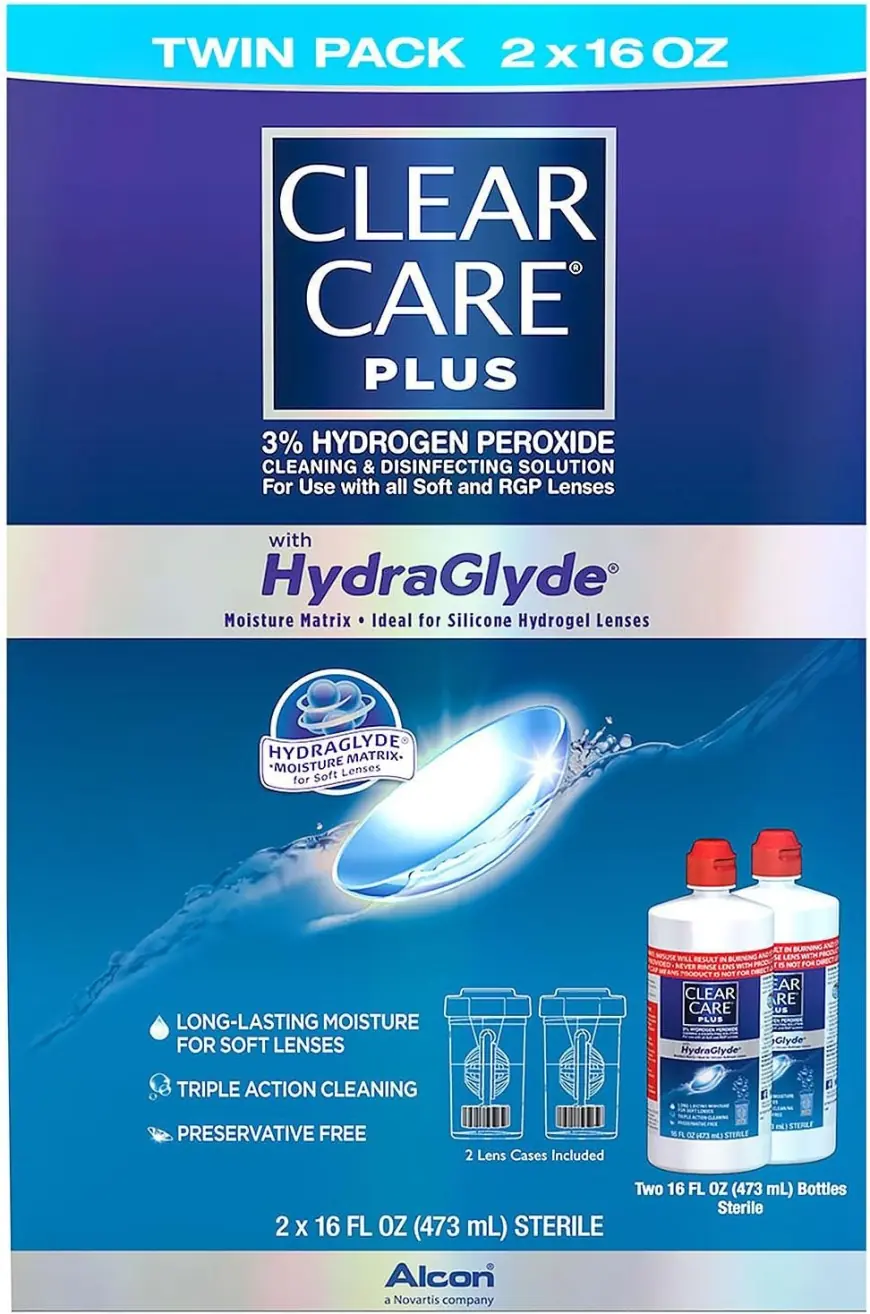How to Find the Best Amazon FBA Supplier: A Comprehensive Guide

Selling products on Amazon through Fulfillment by Amazon (FBA) is one of the most lucrative ways to start or scale an e-commerce business. With Amazon handling storage, shipping, and customer service, sellers can focus on sourcing products and marketing. However, one critical factor that determines the success of your Amazon FBA business is your supplier.
Finding the right Amazon FBA Supplier can mean the difference between skyrocketing profits and costly mistakes. This article will guide you through the process of identifying, vetting, and collaborating with the best suppliers for your FBA business.
What Is an Amazon FBA Supplier?
An Amazon FBA supplier is a manufacturer, wholesaler, or distributor that provides products for sellers to list on Amazon. Suppliers can be domestic or international, offering a wide range of goods across various niches. A reliable supplier ensures the products are high quality, competitively priced, and delivered on time, directly impacting your business performance and customer satisfaction.
Why Choosing the Right Supplier Is Crucial
Selecting the right supplier is a critical step for your FBA business. Here's why:
-
Product Quality: Your supplier determines the quality of the products you sell. Poor-quality items can lead to negative reviews, returns, and a damaged brand reputation.
-
Profit Margins: The cost of goods sold (COGS) directly affects your profit margins. A reliable supplier will provide competitive pricing without compromising quality.
-
Consistency: Consistent inventory availability is vital to avoid stockouts, which can hurt your Amazon seller ranking.
-
Compliance: Ensuring products meet safety, labeling, and import/export regulations is critical. A good supplier can help you stay compliant.
Steps to Find the Best Amazon FBA Supplier
1. Determine Your Product Niche
Before searching for a supplier, decide what products you want to sell. Conduct market research to identify profitable niches with strong demand and manageable competition. Use tools like Jungle Scout, Helium 10, or AMZScout to analyze trends, pricing, and potential profit margins.
2. Choose Between Domestic and Overseas Suppliers
Decide whether to source your products locally or internationally. Both options have pros and cons:
-
Domestic Suppliers:
- Faster shipping times.
- Higher quality control standards.
- Easier communication and fewer language barriers.
- Higher costs.
-
Overseas Suppliers:
- Lower production costs (especially in countries like China or India).
- Access to a broader range of products and customizations.
- Longer shipping times and potential logistical challenges.
3. Use Trusted Platforms to Find Suppliers
There are several online platforms to search for reliable suppliers. Popular options include:
- Alibaba: Ideal for finding overseas manufacturers and bulk product options.
- Global Sources: Similar to Alibaba but with additional emphasis on verified suppliers.
- ThomasNet: Focused on domestic suppliers in the U.S.
- SaleHoo: A directory of wholesalers and dropshippers.
- Trade Shows: Attend industry-specific trade shows to meet suppliers in person and evaluate their products directly.
4. Evaluate Supplier Credibility
Before partnering with a supplier, vet their credibility. Here’s how:
- Verify Business Licenses: Ensure the supplier is legally registered.
- Check Reviews and References: Look for feedback from other businesses and contact references if possible.
- Request Samples: Test product quality before committing to a bulk order.
- Assess Responsiveness: Gauge how quickly and effectively the supplier communicates. Clear communication is essential for long-term partnerships.
5. Negotiate Terms and Pricing
Once you've shortlisted suppliers, negotiate terms and pricing. Here are key factors to discuss:
- Minimum Order Quantities (MOQs): Determine how much you need to order upfront.
- Pricing: Ensure the cost is competitive while leaving room for profit margins.
- Shipping Terms: Clarify who handles shipping costs and whether they offer options like DDP (Delivered Duty Paid).
- Payment Terms: Use secure payment methods and establish terms that work for both parties.
Shipping and Logistics for Amazon FBA
1. Understand Amazon’s Requirements
Amazon FBA has specific packaging, labeling, and shipping requirements. Ensure your supplier is familiar with these guidelines or provide them with detailed instructions.
2. Choose a Freight Forwarder
If you’re sourcing from overseas, a freight forwarder can manage shipping logistics, customs clearance, and delivery to Amazon’s fulfillment centers.
3. Plan for Inventory Management
Keep track of inventory levels and reorder products before running out. Tools like InventoryLab and RestockPro can simplify inventory forecasting.
Red Flags to Watch Out For
When choosing a supplier, watch for these warning signs:
- Unrealistically Low Prices: If the price seems too good to be true, it might indicate poor product quality or a scam.
- Inconsistent Communication: Delays in communication can lead to misunderstandings and missed deadlines.
- No Verified Reviews: A lack of feedback or reviews could signal inexperience or potential risks.Building a Strong Supplier Relationship
A good relationship with your supplier can lead to long-term success. Here are tips for maintaining strong partnerships:
- Be Transparent: Clearly communicate your expectations and business needs.
- Stay Professional: Treat your supplier as a business partner.
- Provide Feedback: Constructive feedback can help improve product quality and service.
- Honor Agreements: Fulfill payment terms and respect the agreed timelines.
Final Thoughts
Finding the right Amazon FBA supplier is a foundational step in building a successful e-commerce business. By researching thoroughly, vetting suppliers, and fostering good relationships, you can ensure consistent product quality and a steady supply chain. Remember, your supplier isn’t just a vendor—they’re a crucial partner in your entrepreneurial journey.
What's Your Reaction?
 Like
0
Like
0
 Dislike
0
Dislike
0
 Love
0
Love
0
 Funny
0
Funny
0
 Angry
0
Angry
0
 Sad
0
Sad
0
 Wow
0
Wow
0


















































